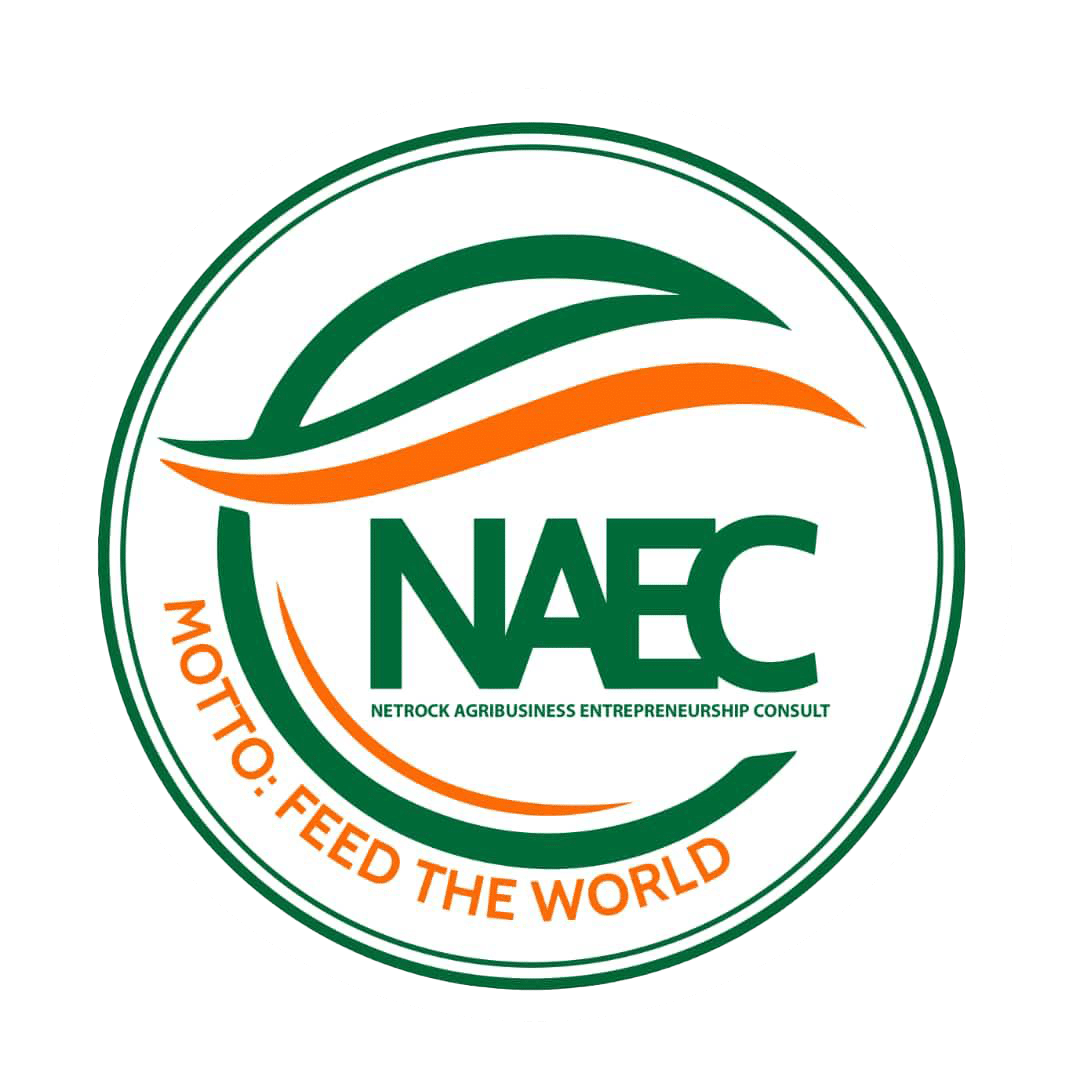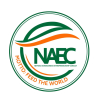Breaking Into Export Markets: A Farmer’s Guide to Success

The global marketplace offers farmers an incredible opportunity to expand their reach and increase revenue. However, breaking into export markets requires careful planning, strategic decisions, and a willingness to adapt. This guide outlines key steps to help farmers successfully navigate the journey to exporting their products.
1. Understand the Market Potential
Before diving into exports, research is crucial. Understand which countries demand the products you grow and assess their market potential. Consider:
Trends and Preferences: Are your products in demand in the target country? For example, organic fruits and vegetables might be popular in health-conscious regions.
Market Size: Is the market large enough to sustain your business growth?
Competitor Analysis: Who are the established players, and how can you differentiate your products?
2. Comply with Legal and Regulatory Requirements
Exporting involves navigating complex regulations. Ensure you understand:
Export Licenses: Secure the necessary licenses or permits required for your country and the destination.
Quality Standards: Adhere to international quality and safety standards, such as GlobalGAP, HACCP, or USDA Organic.
Labeling Requirements: Different countries have specific rules for product labeling, including language, nutritional facts, and certification symbols.
3. Build a Strong Supply Chain
A reliable supply chain is the backbone of export success. Ensure:
Efficient Production: Scale up production without compromising quality.
Cold Storage Solutions: For perishable goods, invest in cold storage to maintain freshness.
Reliable Logistics Partners: Partner with experienced freight forwarders and shipping companies.
4. Develop Export-Ready Packaging
Packaging plays a significant role in protecting your products during transit and appealing to foreign buyers. Focus on:
Durability: Ensure packaging can withstand long transit times.
Compliance: Use materials that meet international packaging standards.
Attractive Design: Incorporate culturally relevant designs that appeal to the target market.
5. Leverage Export Assistance Programs
Many governments and organizations offer support to farmers entering export markets. Look for:
Export Development Agencies: These agencies provide training, grants, and market information.
Trade Shows and Missions: Participate in international trade fairs to showcase your products and connect with buyers.
Export Finance: Explore financial assistance programs for exporters, such as loans or subsidies.
6. Build Relationships with Buyers
Networking is vital in the export business. Establish trust with international buyers by:
Attending Trade Events: Meet potential buyers face-to-face at expos and trade fairs.
Utilizing Online Platforms: Platforms like Alibaba and TradeKey connect suppliers with global buyers.
Offering Samples: Send samples to prospective clients to demonstrate your product’s quality.
7. Focus on Marketing and Branding
Your brand’s reputation is crucial in export markets. Develop a marketing strategy that highlights:
Quality Assurance: Showcase certifications and quality credentials.
Sustainability Practices: Highlight eco-friendly and ethical farming methods.
Cultural Relevance: Tailor your messaging to resonate with the target audience’s cultural values.
8. Monitor and Adapt
Export markets are dynamic, and success requires flexibility. Regularly evaluate:
Market Trends: Stay updated on consumer preferences and adapt your offerings accordingly.
Competitor Strategies: Learn from competitors’ successes and mistakes.
Feedback: Use buyer feedback to improve your products and services.
Case Study: Success in Export Markets
Sunshine Farms started as a small producer of tropical fruits in Ghana. By leveraging export assistance programs, investing in GlobalGAP certification, and creating export-ready packaging, they entered the European market. Today, they supply major retailers across Europe, enjoying increased profits and international recognition.




